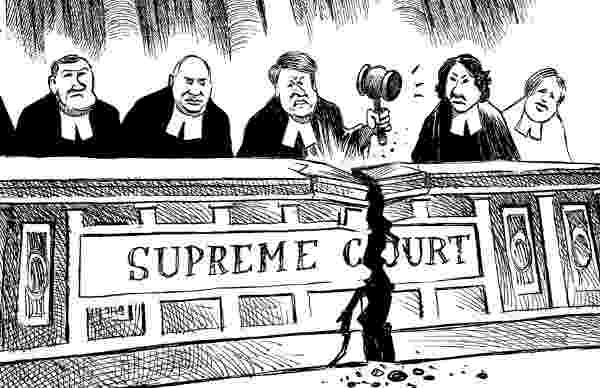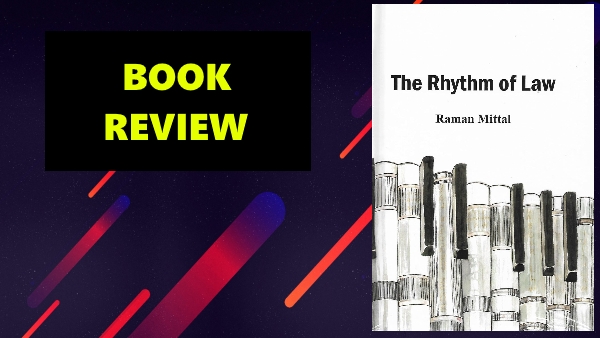In Uttam vs Saubhag Singh case concerns the Mitakshara Coparcenary system and the Joint Hindu Family, as well as the legislation governing testamentary and intestate succession. Prior to the 2005 modification, it concentrates on sections 6 and 8 of the Hindu Succession Act, 1956. The issue is the devolution of the deceased’s property and the plaintiff/position appellant’s in order to determine his claim.
FACTS OF UTTAM v. SAUBHAG CASE:
- Jagannath Singh, the plaintiff’s grandpa, died in 1973, leaving behind his wife, Mainabai, and four children, one of whom was the plaintiff’s father.
- Uttam, the plaintiff, filed a partition claim against his father, defendant no. 3, and his father’s siblings, defendants number 1, 2, and 4.
- He sued the defendants to get his part of the suit property, which he claimed was ancestral property.
- He argued that as a coparcenary; he was entitled to a part of the proceeds.
ISSUES:
- Whether the joint family property kept its joint family character following Jagannath Singh’s death?
- Whether the appellant has a claim to the contested property by birth as a coparcener?
- Whether the appellant had the authority to file a partition action while his father (the Class 1 heir) was still alive?
CONTENTIONS:
Plaintiff’s contention
It was argued that because the deceased’s widow was alive at the time of his death, the case would fall within the proviso to Section 6’s jurisdiction. As a result, the deceased’s stake in the coparcenary property would pass through intestate succession rather than survivorship under Section 8 of the Act.
Defendant’s contention
The main argument was that if Section 8 is implemented, the joint family property ceases to be joint family property because of the application of the proviso to Section 6. Only Section 30 or Section 8 can be used to inherit such property if a will has been written or if a member of the joint family has died intestate.
RATIO DECIDENDI:
‘All the implications that arise from a true partition must be rationally worked out,’ so the heirs’ share must be determined because they were separated from one another and got a share in the division that occurred during the deceased’s lifetime.’ When dealing with the proviso to Section 6, they decided they should give the explanation full weight.
Through virtue of Section 6, when a Hindu male with an interest in a Mitakshara coparcenary property dies after the commencement of the 1956 Act, his interest in the property passes to the remaining members of the coparcenary by survivorship.
The exclusion in the Act’s explanation to Section 30 makes it plain that a male Hindu’s interest in Mitakshara coparcenary property is limited to that which he can dispose of through the execution of a will or any other form of testamentary disposition.
DECISION:
The court ruled that because Jagannath Singh died behind a widow and four children; the proviso to Sections 6 and 8 of the Act covered him.
Under Schedule 1, it classified the widow as a Class 1 heir by Jagannath Singh. If the widow had not been present, the caveat to Section 6 of the Act could not have been applied, and the Hindu Succession Act, 1956, would have applied, and the succession would have been by survivorship.
As a coparcenary to the ancestral property, Uttam would have the right to his grandfather’s property. Unless it invoked the proviso, every coparcenary has a title on the ancestral property under Section 6.
CONCLUSION:
- It can be determined that, following the breakup of the JHF property under Section 8, the various parties who have succeeded to it own the property as tenants in common rather than joint tenants.
- The property was decisively determined to be ancestral property, and it ceased to be joint family property upon Jagannath Singh’s death.
- The widow and her four sons were also tenants in common, not joint tenants. The case was dismissed with no ruling as to costs since it was found to be unmaintainable.
Found Uttam vs Saubhag Singh Case summary useful? We have a bunch of useful topics from family law that will help you in your preparation here >>> FAMILY LAW
Check out our YouTube Channel for free legal videos >>> LAW PLANET YT





